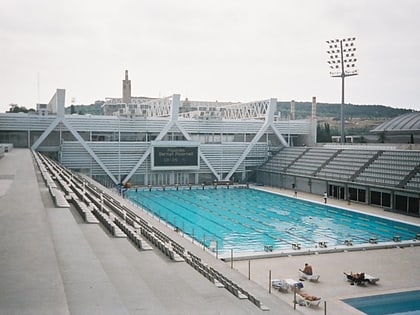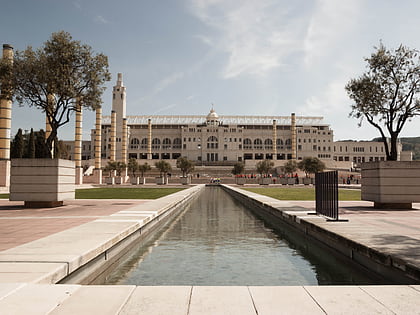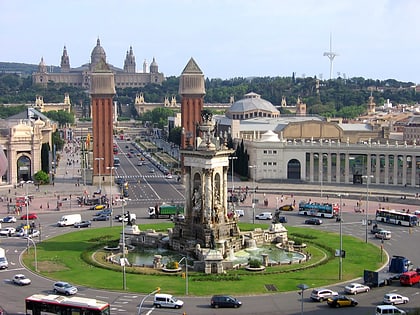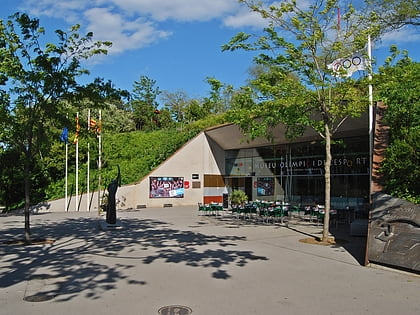Barcelona Pavilion, Barcelona
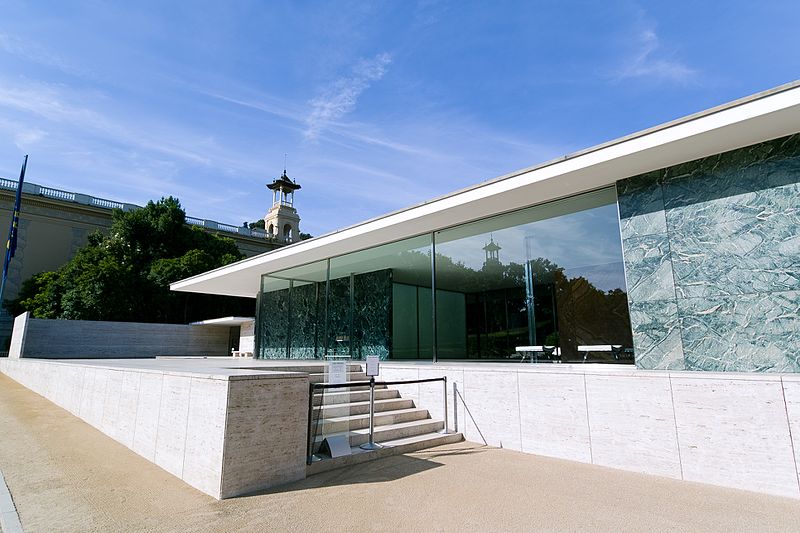
Facts and practical information
The Barcelona Pavilion, also known as the German Pavilion, is an emblematic structure in the city of Barcelona, Spain. Originally designed by the renowned architect Ludwig Mies van der Rohe, this building is a masterpiece of modern architecture and a key reference point for 20th-century architecture.
Constructed for the 1929 International Exposition held in Barcelona, the pavilion was designed to represent Germany and showcase the nation's progressive culture and architectural innovation. The structure is characterized by its simplistic form, featuring clean lines, open spaces, and the incorporation of luxurious materials such as marble, red onyx, and travertine.
The original pavilion was dismantled in 1930, after the exposition, but its significance in the architectural world led to a decision to rebuild it. The reconstruction, completed in 1986, stands on the original site and follows Mies van der Rohe's plans to the smallest detail, serving as a tribute to his vision.
Visitors to the Barcelona Pavilion can admire its reflective pools, precise geometry, and the iconic Barcelona Chair, which was designed specifically for this building. The pavilion is not only a feast for the eyes but also an educational experience, as it provides insight into the modernist movement and the ideas of minimalism and functionality.
Barcelona Pavilion – popular in the area (distance from the attraction)
Nearby attractions include: Museu Nacional d'Art de Catalunya, CaixaForum Barcelona, Magic Fountain of Montjuïc, Fundació Joan Miró.
Frequently Asked Questions (FAQ)
Which popular attractions are close to Barcelona Pavilion?
How to get to Barcelona Pavilion by public transport?
Bus
- Pl de Carles Buïgas • Lines: 13, 150 (2 min walk)
- Av Ferrer i Guàrdia - Mèxic • Lines: 13, 150 (2 min walk)
Metro
- Plaça Espanya • Lines: L8 (8 min walk)
- Espanya • Lines: L1, L3 (9 min walk)
Train
- Parc de Montjuïc (18 min walk)
- Barcelona - Sants (20 min walk)


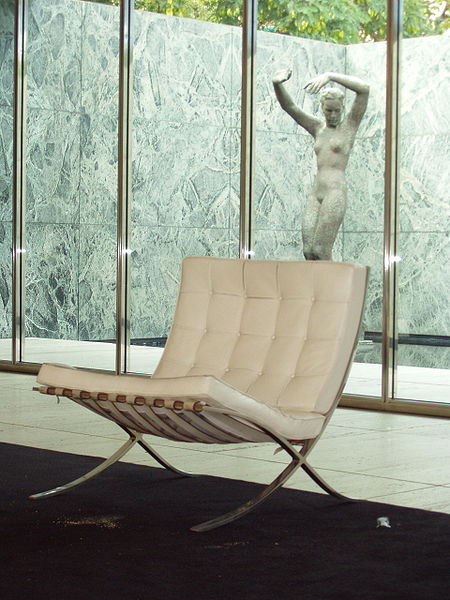
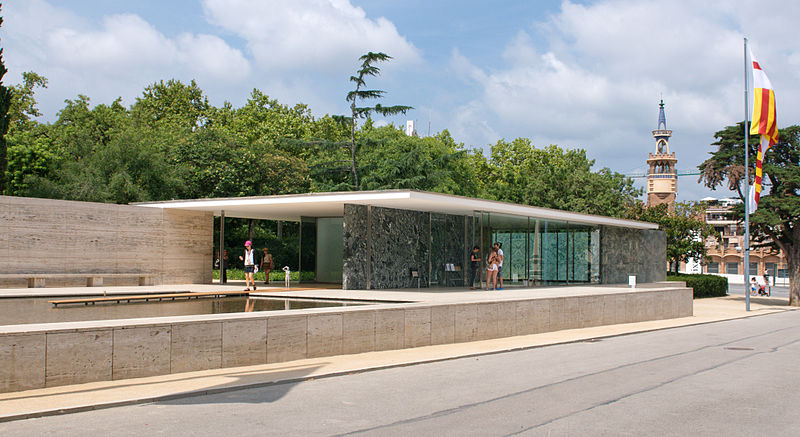

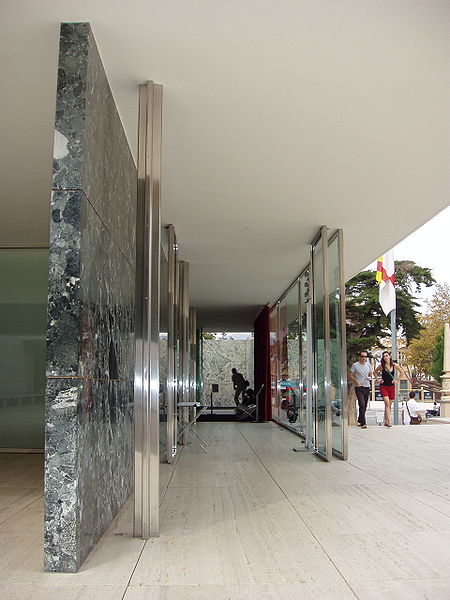
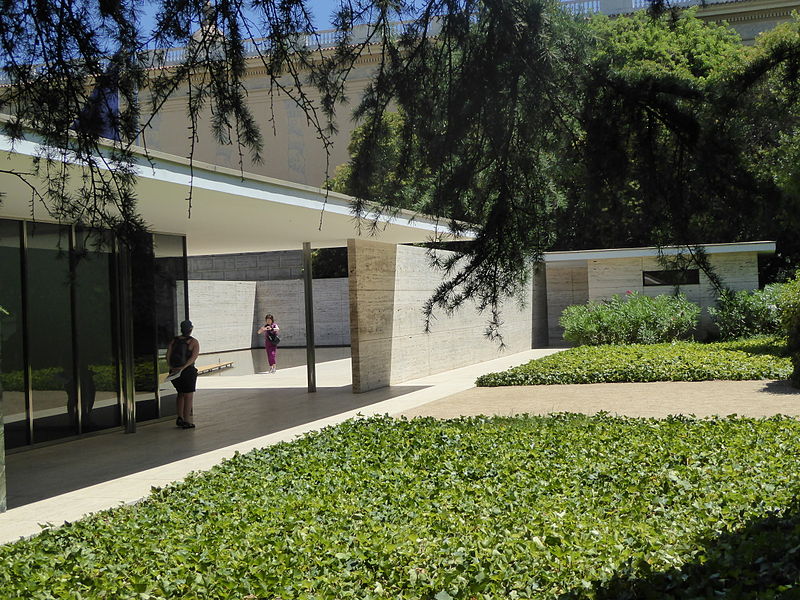

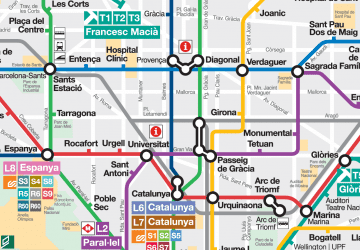 Metro
Metro






